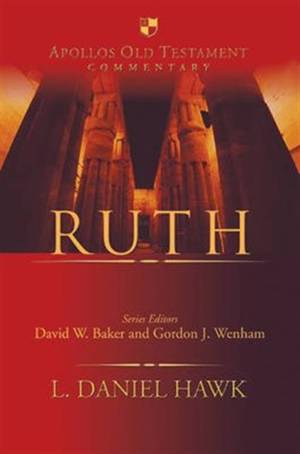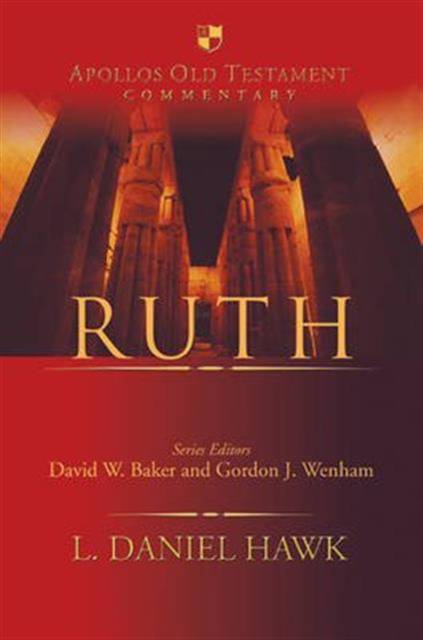
- Retrait gratuit dans votre magasin Club
- 7.000.000 titres dans notre catalogue
- Payer en toute sécurité
- Toujours un magasin près de chez vous
- Retrait gratuit dans votre magasin Club
- 7.000.000 titres dans notre catalogue
- Payer en toute sécurité
- Toujours un magasin près de chez vous
Description
On the surface, the book of Ruth tells the tale of an unlikely marriage between a destitute Moabite widow and an upstanding citizen of a Judean village. The deeper import of the story, however, has to do with the internal boundaries that define the people of God.
Is Israel a closed community, held together exclusively by bonds of kinship, or a nation that welcomes faithful outsiders into its sphere of belonging?
Ruth appropriates marriage as the symbolic vehicle of a transformation in Israel's self-understanding - from a community articulated by Naomi's declaration that her daughters-in-law marry within their own people, to the acclamations by the people of Bethlehem that endorse Boaz's marriage to a Moabite.
L. Daniel Hawk undertakes a detailed narrative analysis of Ruth that goes beyond the description of its content and stylistic features to illumine its deep structure and use of metaphor.
Informed by contemporary studies on ethnicity, he discovers a work of remarkable sophistication that employs a story of intermarriage to address opposing ideas of Israelite identity. Hawk's meticulous attention to patterned structures, stylistic devices and characterization reveals the strategy by which the narrator constructs a vision of Israel that looks beyond rigid internal boundaries to the welcome of faithful foreigners as agents of blessing.
Spécifications
Parties prenantes
- Auteur(s) :
- Editeur:
Contenu
- Nombre de pages :
- 166
- Langue:
- Anglais
- Collection :
Caractéristiques
- EAN:
- 9781783593071
- Date de parution :
- 17-07-15
- Format:
- Livre relié
- Format numérique:
- Genaaid
- Dimensions :
- 155 mm x 234 mm
- Poids :
- 430 g







